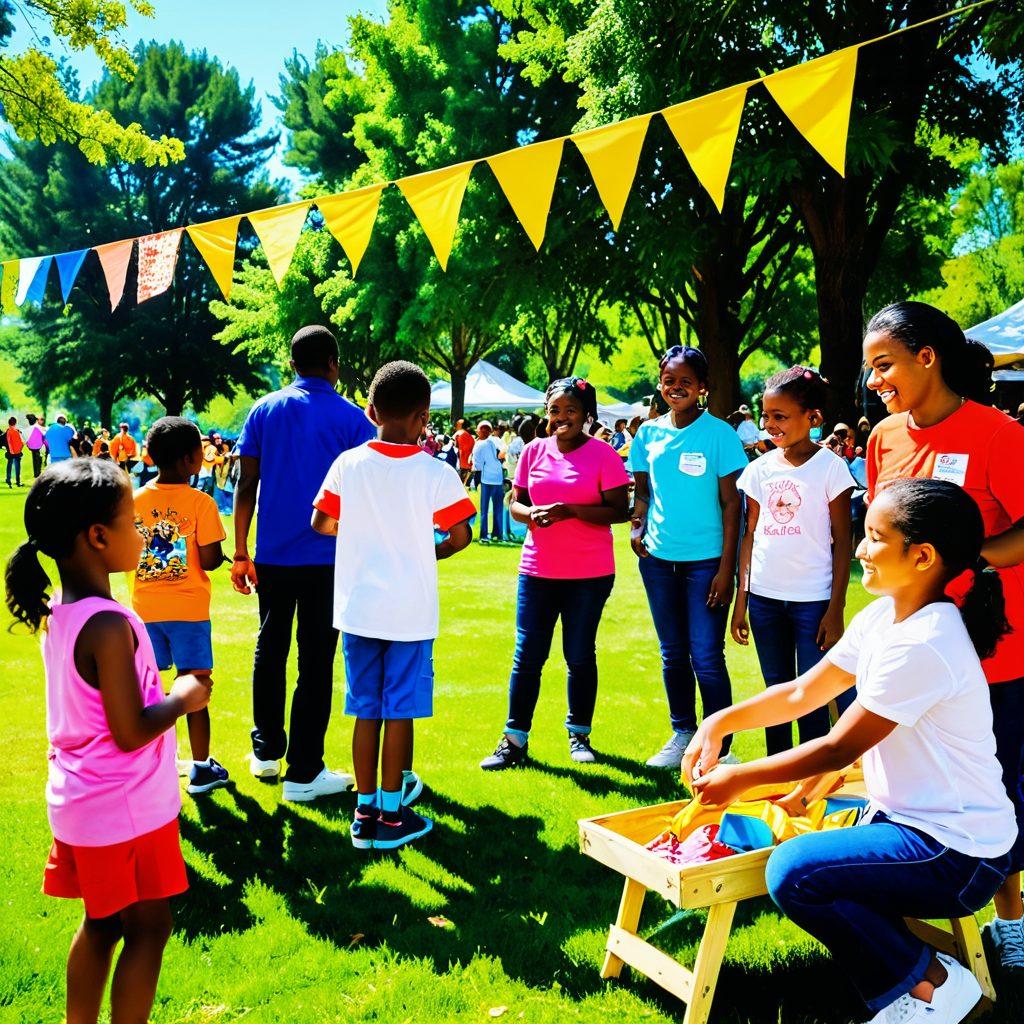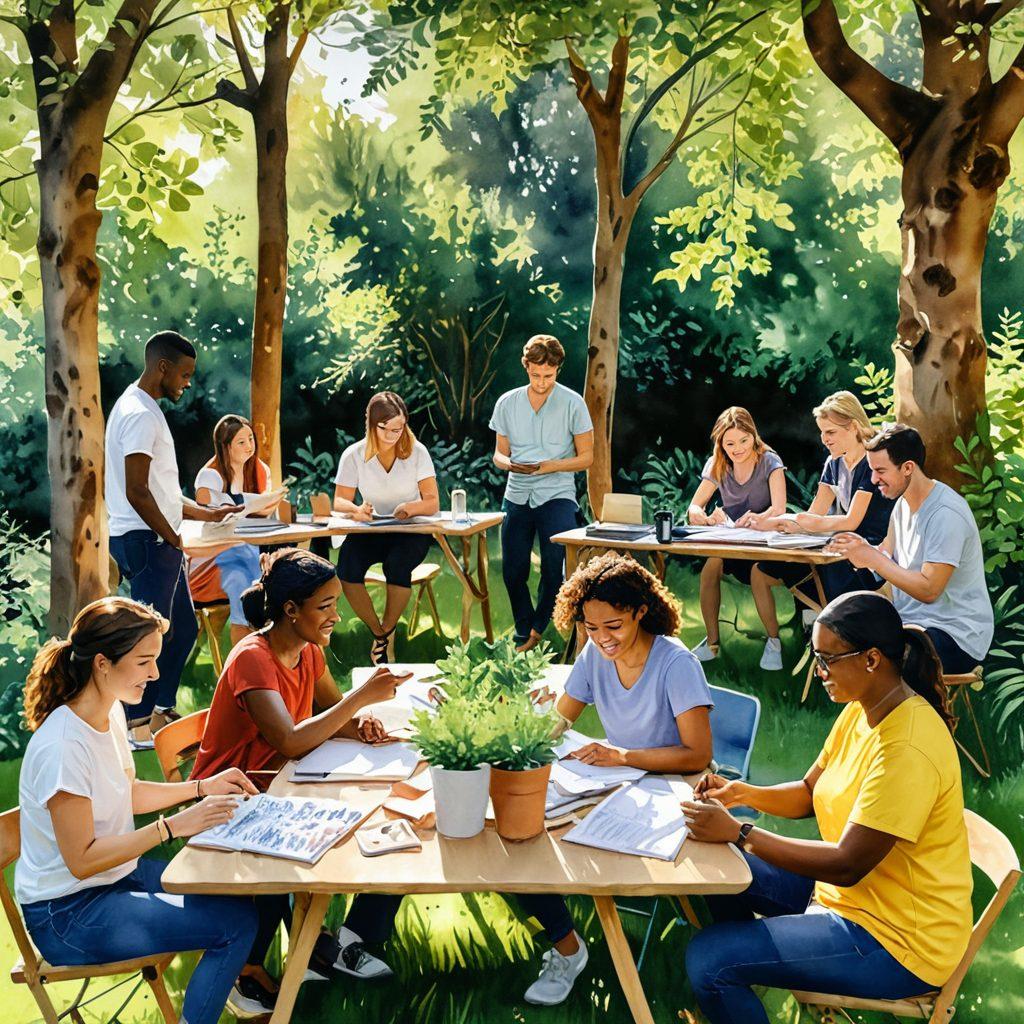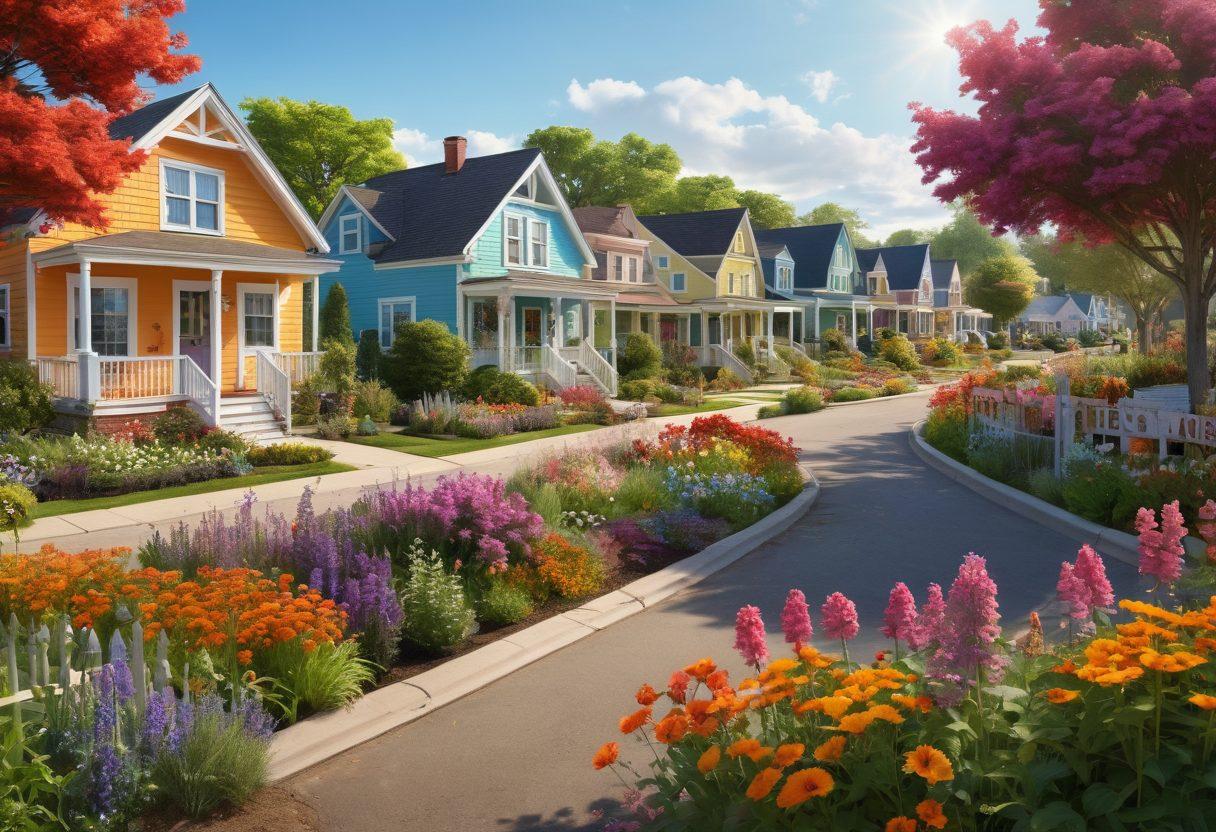Cultivating Joyful Communities: Strategies for Well-Being and Fire Safety Awareness
In today's fast-paced world, fostering cheerful connections within our communities has become more important than ever. As individuals, we often seek contentment and satisfaction in our lives; yet, the most profound joy comes from the collective experiences we share with those around us. What if we could infuse our neighborhoods with a spirit of joy while also enhancing our fire safety awareness? This unique blend of community bonding and fire management education could lead us to a more harmonious and safe environment. Cherishing joyful relationships can cultivate a sense of togetherness that strengthens our ability to face challenges, including the threat of wildfires.
Imagine a gathering in your local park, where laughter fills the air and neighbors share delicious homemade treats. It’s not just a picnic; it's an opportunity to build a network of support and camaraderie. Here, you could introduce the importance of fire safety education in a light-hearted manner. Perhaps hosting a fun trivia game about wildfire facts, orchestrated by the local fire management association, could be an engaging way to enhance knowledge and raise awareness. Not only do cheerful events foster happiness, but they also build resilience in our communities through education and preparedness regarding fire safety.
The National Wildfire Coordinating Group (NWCG) provides valuable resources and materials for community education initiatives. By collaborating with local entities, we can hold training sessions that equip families with the necessary tools and knowledge for fire safety. How about organizing fire drills that feel more like neighborhood block parties? With the right guidance and support, families can learn fire safety practices in a relaxed atmosphere, which fosters not just awareness but also a deep sense of protection and security for their loved ones.
As we work to build these joyous community connections, let us also remember to include the voices of all community members, from children to seniors. Engaging different groups ensures that everyone understands their role in fire safety and the vital importance of preparedness. Picture a community potluck where each dish represents a unique cultural heritage, punctuated by stories of safe practices passed through generations. This approach creates an inclusive and cheerful environment while instilling a sense of collective responsibility regarding fire safety among all residents.
In conclusion, uniting joy and fire safety education paves the way for a flourishing community. Building relationships based on understanding, support, and assistance enhances our overall well-being. As we continue striving for joy within our neighborhoods, let’s commit to creating a secure environment through training, awareness, and preparedness. Remember, joy is truly amplified when shared, and together we can foster a bright future filled with protection and happiness for all members of our society. So, let’s get involved—how will you bring cheerful connections to your community today?
Creating Contentment: Empowering Groups to Prioritize Well-Being and Safety Awareness
In a world that often feels chaotic and overwhelming, the importance of cultivating joyful communities cannot be overstated. Imagine a society where individuals prioritize their well-being, and not only seek contentment for themselves but also for those around them. Joy is not merely a feeling, but a collective state of being that nurtures positivity and satisfaction. Can you picture the harmony of a cheerful neighborhood where knowledge flows freely, and everyone is equipped with the right tools to manage crises such as wildfires? The interconnections of community can transform our collective lives and lead to a happier, safer existence.
Effective organizations like the National Wildfire Coordinating Group (NWCG) recognize that the best way to approach fire safety is through education and empowerment. By providing clear resources, materials, and training, they focus on increasing awareness among community members, fostering a sense of responsibility and preparedness. As each group member becomes more informed about fire management and safety practices, not only does individual knowledge grow, but a strong network of support forms. This model of shared learning enhances security and serves as a bastion of protection during forest fire threats. How are we each contributing to the collective's bond of safety?
Imagine a local association coming together for a simple purpose: to educate one another about fire safety while enjoying a community gathering. Picture groups sharing stories, laughter, and knowledge — learning to be alert and prepared for emergencies like forest fires. It’s essential to understand that creating joy through collaboration can do more than brighten our lives; it establishes a network of compassion, cooperation, and direct assistance. What if every cheerful conversation you had could empower your neighbor with the tools for better safety and understanding?
The well-being of our groups and communities is intricately tied to our awareness of potential hazards like wildfires. When we prioritize safety and security, we create a culture of alertness. Are we not more satisfied when we know we can safely navigate the challenges that may come our way? As we develop practices that center around fire safety awareness, we build a community that collectively thrives. The lessons we learn together become foundational blocks, guiding us to make informed decisions and establish a proactive approach to preparedness and protection against forest fires.
Finally, as we embark on this journey toward heartfelt connection and meaningful education, let us remember that cultivating a joyful community takes effort and time. Engage with your neighbors regularly, share resources, and participate in trainings that stress both well-being and safety. Education is a powerful tool that equips individuals with the knowledge they need to face potential threats while fostering a cheerful mindset. When satisfaction and contentment blossom in our societies, we can transform not just ourselves, but our entire environment into a safe haven of support and love, ensuring that our communities flourish together. How will you contribute to your neighborhood's happiness and safety today?
Nurturing Resilient Neighborhoods: Strategies for Collective Happiness and Fire Management Training
In the heart of every neighborhood lies the potential for joy and cheerfulness—a vibrant community can significantly foster a sense of contentment and well-being. Have you ever thought about what makes a community truly joyful? It's not just about the cheerful smiles you see at the farmer's market or the laughter from kids playing in the park—it's also about how resilient that neighborhood can be in the face of challenges, such as wildfire threats. The commitment to nurturing a resilient neighborhood leads to collective happiness and safety, making every member feel valued and protected.
Imagine a summer evening where families gather for a block party, sharing stories and laughter under a sunset sky. This is not just a dream; it's a reality that can be built through community engagement and education. One way to achieve this joyful atmosphere is by creating associations or groups that focus on both fire safety and community bonding. The National Wildfire Coordinating Group (NWCG) offers numerous resources for fire management training, providing the tools needed to protect our neighborhoods from forest fires while also encouraging collective action for safety and well-being.
Collectively, we can cultivate satisfaction through shared experiences and mutual support. What if your neighborhood organized regular educational workshops on fire safety? Not only would residents gain valuable knowledge on preparedness and protection against wildfires, but these actions also enrich the community spirit. It can be an opportunity to connect, share guidance, and even make new friends. As you learn about fire management, think about how such initiatives also contribute to emotional health—enhancing our understanding of safety cultivates a sense of security that is priceless.
A well-informed community is a resilient community. Consider hosting a fun, interactive fire safety training session in your neighborhood. It’s an excellent way to gather resources and ask for assistance from local fire departments or fire management organizations. After all, knowledge is power, and cultivating a network of alert and prepared citizens is essential when it comes to fire safety. Plus, think of the satisfaction that comes from knowing you and your neighbors are ready to face any situation together. Could there be a better investment in community happiness?
Ultimately, the blend of joyfulness, well-being, and fire safety awareness creates a rich tapestry of security and happiness within a community. As you work together, share successes, and support each other, you'll find that your collective knowledge transforms the neighborhood into a safer and more cheerful place. So bear this in mind: every small action counts toward building a resilient community. What steps can you take today to initiate this journey toward nurturing a joyful, safe neighborhood?


